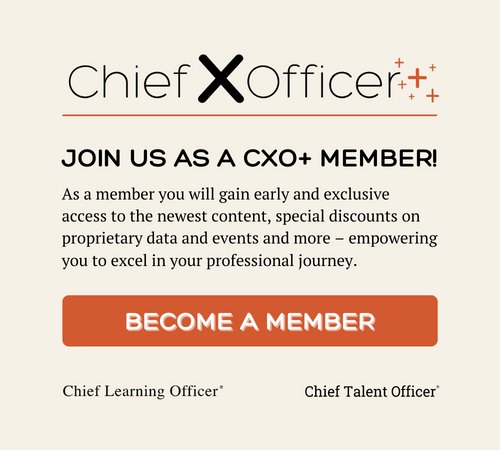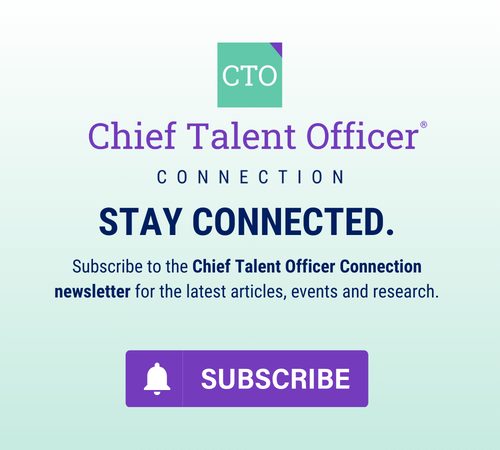Outsourcing is an incredibly effective tool for reducing overhead and streamlining processes. But here is a crucial truth: Without a clear, ongoing communication strategy, your outsourcing efforts may be quietly undermining the very efficiency and savings they are designed to achieve. For HR and talent leaders, this is a strategic turning point. My recent research reveals that employees are acutely aware of and interested in outsourcing decisions.
Outsourcing has become the “elephant in the conference room.” It is a topic everyone knows, but no one directly addresses. That silence breeds doubt. Domestic employees consistently express a strong desire to understand the full scope of their organization’s outsourcing strategy. They want to know not just that work is being outsourced, but why it’s happening, how it’s structured and what it means for their role and the organization’s long-term goals.
They’re asking important questions:
- Who are these offshore teams?
- What hours do they work?
- How are we measuring success?
- How does this tie into our broader strategy?
And, most critically: Will I still have a job?
When leaders lean into transparent communication, you don’t just inform—you build alignment, trust and a shared understanding of how work gets done across borders. If your organization is leveraging outsourcing, you cannot afford to treat communication as an afterthought. This is your chance to lead—not just in executing outsourcing initiatives, but in preserving and strengthening your talent infrastructure during periods of change.
Here’s what needs to happen now:
- Engage early and often. Communication must start at the earliest stages of outsourcing and continue long after implementation. A one-time announcement is not enough.
- Be transparent. Share the “why” behind outsourcing decisions, the scope of the work and the vision for how it supports enterprise goals.
- Involve managers. People managers should be equipped with talking points, FAQs and messaging support to reinforce transparency on the ground.
- Invite feedback. Create structured opportunities for employees to ask questions, raise concerns and feel heard.
- Own the narrative. If you’re not telling the story of your outsourcing strategy, someone else—possibly with incorrect or damaging assumptions—will.
Act before silence turns into attrition
Outsourcing is often viewed purely as a financial decision, but HR and talent leaders must recognize it as a critical moment of culture and alignment. By articulating the rationale, scope and structure of outsourcing initiatives, you ensure that onshore employees feel informed rather than sidelined. Employees want information that is timely, relevant and shared on a regular basis. This is not just good for morale. It’s good business. When employees understand how outsourcing fits into the big picture, they are more likely to stay, contribute and innovate.
However, when leaders avoid the conversation, it creates a gap. This leads to confusion about job security and the organization’s long-term direction. My research shows that the lack of information about outsourcing leaves room for uncertainty and misinformation. When employees don’t feel safe in their role, they will start looking for opportunities elsewhere.
In 2023, Harvard Business Review estimated that employee turnover costs organizations about $26,000 per employee. That means keeping employees engaged and productive is enormously valuable for any company’s bottom line. If your organization uses outsourcing, you need to proactively address outsourcing questions so that employees are active participants and supporters of the strategy. Intentionally sharing information is a key indicator of long-term success for both your onshore and offshore workers.
Reframe outsourcing as a talent engagement opportunity
Outsourcing done in a vacuum is a risk. But outsourcing done transparently and strategically? That’s a competitive advantage. Open, consistent messaging—paired with opportunities for feedback and dialogue—helps employees see their place in the evolving workplace.
Now more than ever, leaders must treat communication not as a courtesy, but as a cornerstone of successful workforce strategy.
The elephant in the conference room won’t leave on its own. It’s time to talk about it—and lead through it.
















